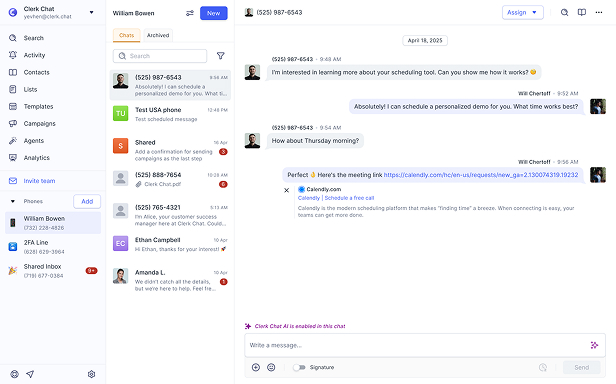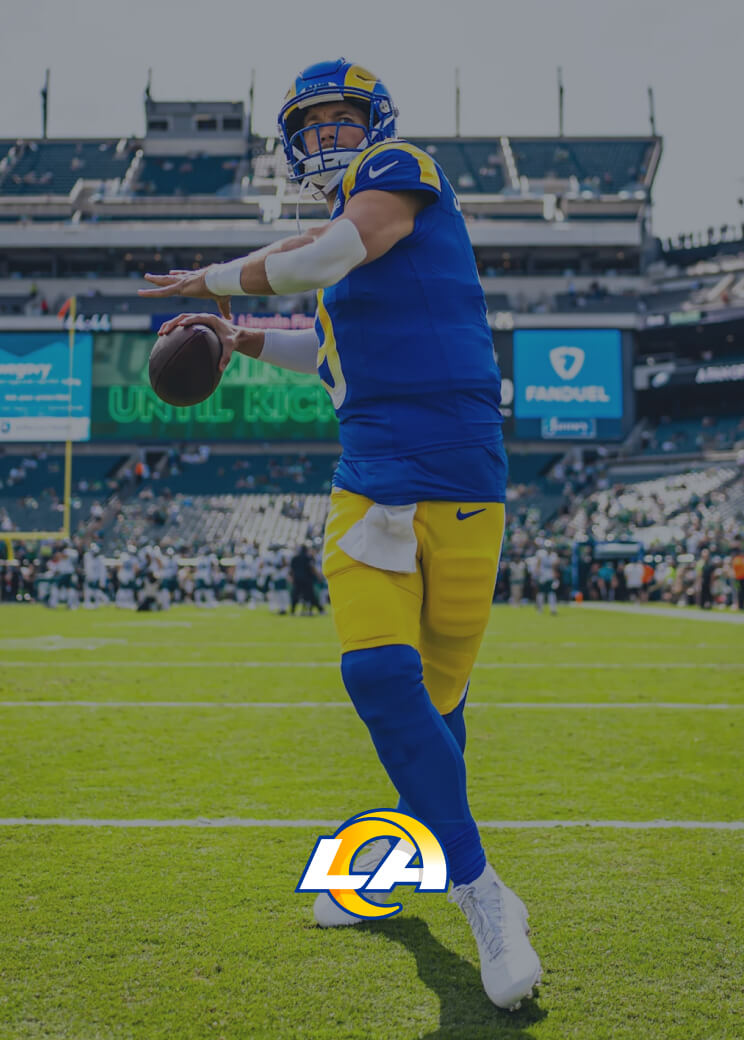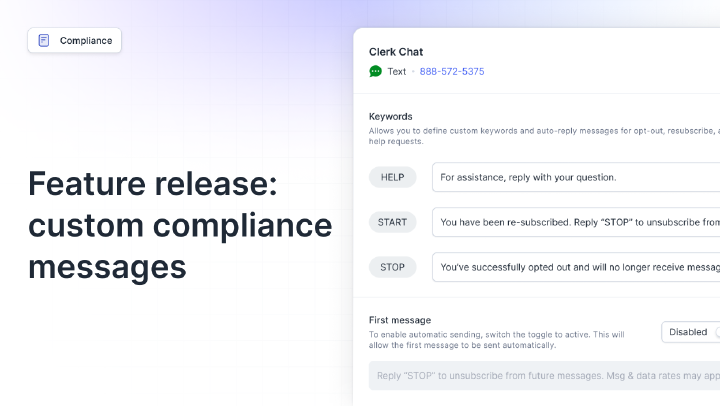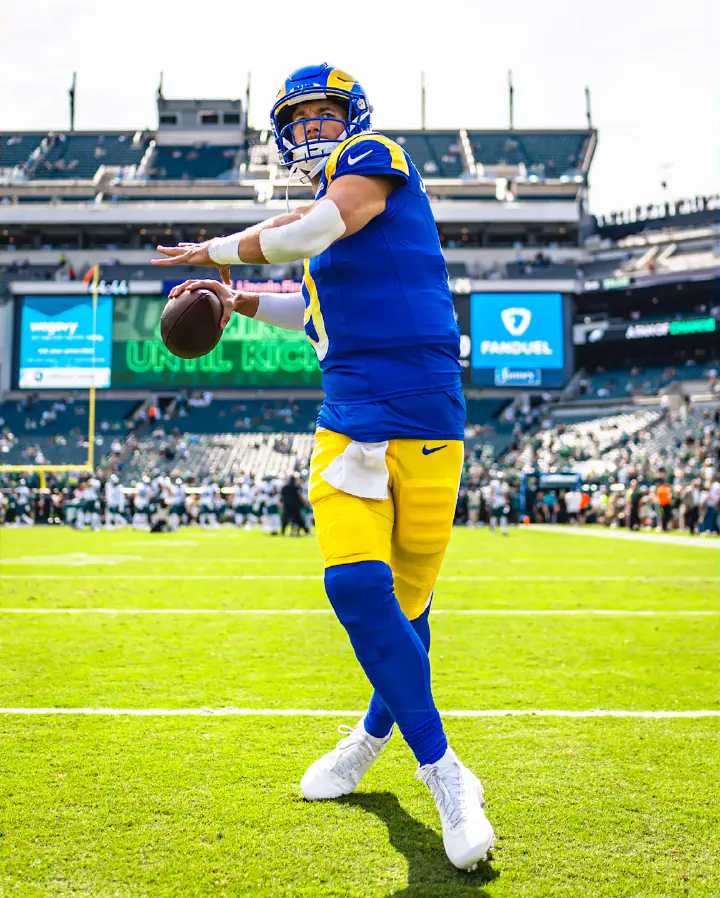MMS
[ɛm ɛm ɛs]MMS (Multimedia Messaging Service) enables sending images, videos, audio, and extended text up to 1600 characters through mobile messaging networks. By combining rich media with the 97% open rates of text messaging, MMS creates engaging experiences that drive 300% higher response rates than plain SMS.
Why MMS Matters
Visual communication has become the language of modern business. With 65% of people identifying as visual learners and social media conditioning customers to expect rich media, text-only messages increasingly feel inadequate. MMS bridges this gap by delivering the visual impact of email marketing with the immediacy and reliability of SMS.
The business case for MMS extends far beyond preference—it drives measurable results. E-commerce companies report 42% higher conversion rates when product images accompany promotional texts. Service businesses using MMS for appointment confirmations with location maps see 35% fewer calls asking for directions. Real estate agents sharing property photos via MMS generate three times more showing requests than those sending address-only texts.
MMS also solves a critical limitation of SMS: message length. While SMS restricts communication to 160 characters, MMS allows up to 1600 characters alongside media. This expanded capacity enables businesses to share detailed information, terms and conditions, or compelling storytelling without the fragmentation of multi-part SMS messages. For companies using platforms like Clerk Chat, MMS becomes a powerful tool for creating memorable customer experiences that stand out in crowded inboxes.
How MMS Works
MMS operates through a more complex but capable infrastructure than standard SMS:
Message Composition: Your messaging platform packages text content (up to 1600 characters) with media files into a single MMS message using MIME multipart format.
Initial Notification: The sending device transmits a notification to the recipient’s phone via SMS channels. This notification contains a URL pointer to the actual message content.
Content Storage: The multimedia content uploads to your carrier’s MMSC (Multimedia Messaging Service Center), which stores the message temporarily.
Data Retrieval: The recipient’s phone automatically connects to the internet (using mobile data or WiFi) to download the message content from the MMSC URL.
Message Assembly: Once downloaded, the recipient’s device assembles and displays the complete message with text and media in their native messaging app.
Delivery Confirmation: The recipient’s carrier sends confirmation back through the network, allowing tracking of successful delivery and viewing.
This process happens seamlessly in seconds, appearing to users as a single rich message. Business platforms integrate with carrier MMSCs through APIs, adding capabilities like bulk sending, media optimization, and detailed analytics while maintaining reliable delivery.
Best Practices with MMS
Optimize Media for Mobile Viewing - Compress images to 300-500KB while maintaining quality. Use JPEG for photos, PNG for graphics with text. Resize to 640x480 pixels maximum to ensure quick loading across all devices.
Lead with Value in Your Message - Place your key message in the first 50 characters since some phones show preview text. Follow with supporting media that enhances rather than replaces your written content.
Test Across Multiple Carriers - Send test campaigns to devices on different networks (Verizon, AT&T, T-Mobile) before full launch. Each carrier may handle media slightly differently, affecting display quality.
Include Fallback Options - Add alternative text describing your media content for the 5% of devices that might have MMS disabled. Include a web link to view content online as backup.
Balance Media Quality with Load Time - Aim for 3-second maximum download time. A beautiful 5MB image that takes 30 seconds to load will frustrate recipients and reduce engagement.
Match Media to Message Purpose - Use product photos for sales, maps for locations, infographics for complex information, and short videos for demonstrations. Each media type serves specific communication goals.
Track Media Performance Metrics - Monitor not just delivery rates but also media download completion rates, time-to-view, and engagement actions taken after viewing. Adjust your media strategy based on these insights.
Real world examples
- Ecommerce
Increased conversion rates 42% with product image messages
Read more - Real Estate
Generated 3x more property showings using MMS virtual tours
Read more
Common misconceptions
MMS uses different protocols and data channels, enabling up to 1600 characters plus media files up to 5MB.
MMS is supported by 95% of mobile devices in North America and works on all major carriers.
MMS typically costs 3-5x more than SMS but delivers 8x higher engagement rates, making ROI significantly better.
Visual content receives 94% more views and 40% higher response rates than text-only messages.
Modern MMS supports high-quality images up to 5MB and maintains good visual quality when properly optimized.
Related terms
In this article:
Ready to use your business number for text messaging?
Thousands of businesses are already experiencing the power of conversational messaging through SMS. Join us. Free trial and paid tiers available.
Get StartedFAQ
Have questions? We've got answers.
Find what you need quickly and clearly with our most frequently asked questions.
MMS (Multimedia Messaging Service) extends SMS capabilities by allowing businesses to send images, videos, audio files, and longer text (up to 1600 characters) in a single message. While SMS transmits through cellular signaling channels, MMS uses data networks to deliver rich media content. This enables more engaging communications like product photos, appointment confirmations with maps, or video demonstrations directly to customers' native messaging apps.
Setting up business MMS requires a messaging platform that supports multimedia capabilities, like Clerk Chat. Start by ensuring your business number is MMS-enabled through your provider. Next, prepare media assets optimized for mobile viewing (images under 500KB, videos under 3MB). Configure your messaging platform with proper sender identification and test delivery across different carriers. Most businesses can launch MMS campaigns within 48 hours of setup.
MMS messages typically cost $0.03-0.06 per message in the US, roughly 3-5 times more than SMS. However, the higher engagement rates often justify the cost. A retail MMS campaign showing product images might cost $300 to reach 5,000 customers but generate $15,000 in sales. International MMS rates vary significantly by country. Many platforms offer volume discounts for large campaigns.
MMS supports JPEG/PNG images (recommended under 500KB for fast loading), GIF animations (under 1MB), MP4/3GPP videos (under 3MB, 30 seconds max), and audio files (AMR/MP3, under 500KB). For optimal delivery, resize images to 640x480 pixels or smaller. Avoid uncommon formats like TIFF or RAW. Test your media across different devices before launching campaigns to ensure consistent quality.
MMS follows the same TCPA regulations as SMS, requiring explicit opt-in consent before sending marketing messages. Additionally, ensure all media content is appropriate and copyright-compliant. Include your business name and opt-out instructions in every MMS. Some carriers have stricter content policies for MMS—avoid prohibited content like adult material, violence, or misleading imagery that could trigger filtering.
Track key metrics including delivery rates (typically 85-95%), open rates (usually 97%+), click-through rates on embedded links (15-25% average), and conversion rates. MMS-specific metrics include media load times and full-view rates for videos. Compare these against your SMS campaigns—most businesses see 300-800% higher engagement with MMS. Use A/B testing to optimize image types, message length, and sending times.




